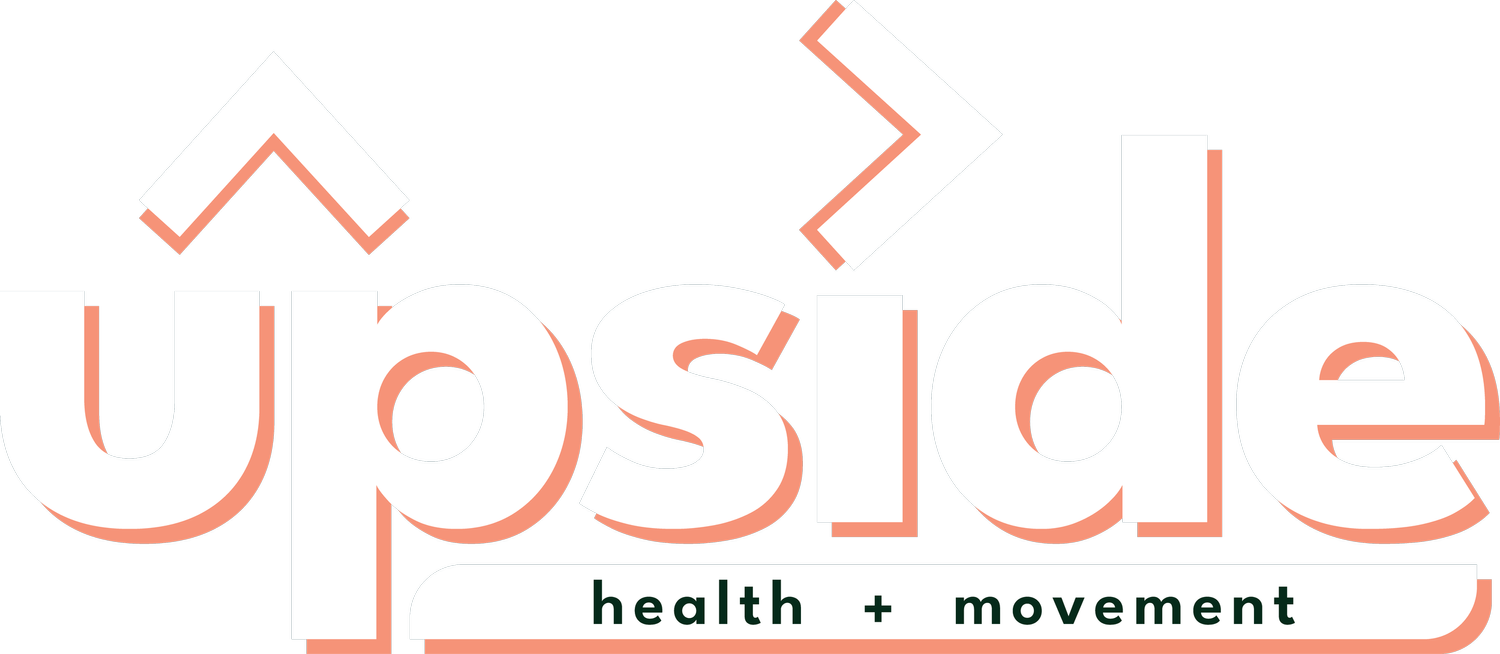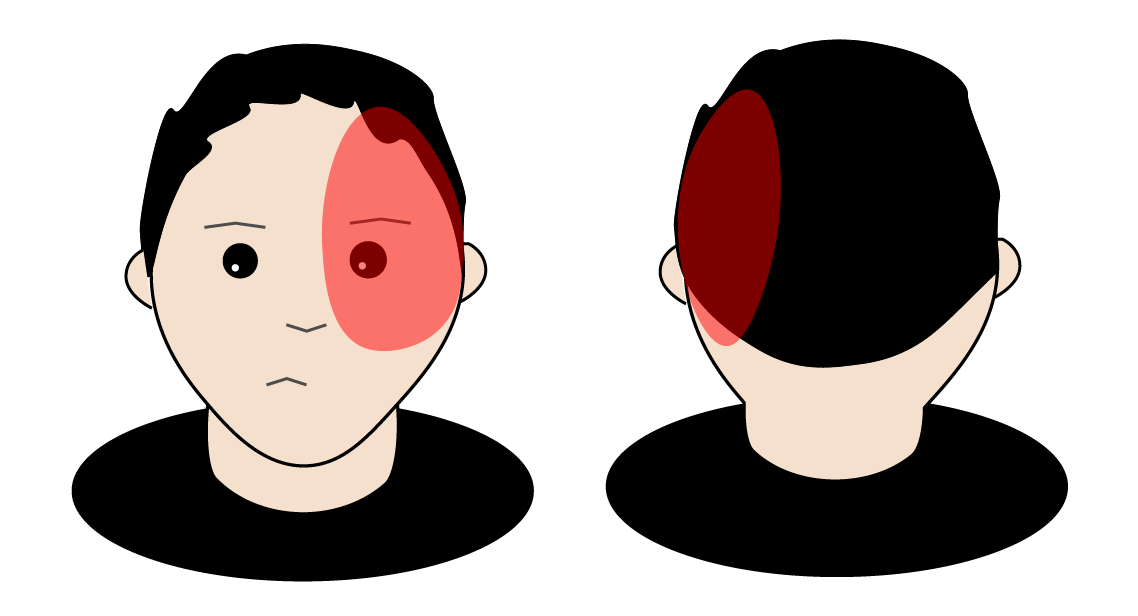Pain Profile: Headaches
Headaches come in a number of forms which will all vary in how they affect you. The pain can be throbbing in nature or like a vice is squeezing your head. They can target certain areas like the side of your head, base of your skull or even around the eyes. In the lead up to a headache, things like posture, diet and stress can all influence the type of headache you might encounter. Symptoms are a good indicator as to which headache you’re experiencing.
Tension Headache
A tension headache is the most common form of headache. It can present as a one-off event or they can be chronic in nature with frequent episodes. The pain will generally be felt like a band around the eyebrows and towards the base of the head. Stress, sleep, poor nutrition and certain postures can all play a part in its development.
Fig 1: Muscle Tension Headache
Management of symptoms: Some ways to manage this type of headache other than medication include self-massage and stretching of the muscles of the neck as well as applying heat. Heat is effective as it helps relax the muscles in the area and has a general relaxing effect.
Cervicogenic Headaches
Cervicogenic Headaches are typically characterized by pain that targets one side of the head, It can feel as though it begins in the neck and travels in a horseshoe like manner over the ear to the eyebrow. This pain is brought about by referred pain from muscles of the neck and bone structure particularly the upper cervical vertebrae. Prolonged posture is the main cause of this kind of headache.
Fig. 2: Cervicogenic Headache
Management of symptoms: Stretching your neck – particularly chin to chest and ear to shoulder. Trying to avoid slouching in your chair with your chin sticking out can also help keep strain off of the structures in the back of the neck that can exacerbate the pain.
Cluster Headaches
These types of headaches generally develop whilst you are sleeping (can cause you to wake), the pain can be quite intense and will build behind the eye. A feeling of nasal/sinus congestion could also be present. These headaches are exacerbated as well as brought about by excessive alcohol and smoking.
Fig. 3: Cluster Headache
Management of symptoms: During a cluster cycle, it is important to try get regular sleep and avoiding alcohol and cigarette smoke.
Migraines
Migraines on the other hand are different to the other kinds of headaches. They are caused by stimulated cells in the brain that cause the trigeminal nerve to release chemicals that result in the swelling of blood vessels – which is why you feel a throbbing pain as opposed to a constant ache.Migraines often have a pattern and follow certain triggers like allergies, stress and diet.They can often be quite intense and target one side of the head. You might also become quite sensitive to light (not always), touch and heat.
Fig. 4: Migraine Headache
Management of symptoms: Self massage to the temporal region or base of the skull may assist to reduce symptoms, but sleep/rest and some non-steroidal anti-inflammatories could also help.




